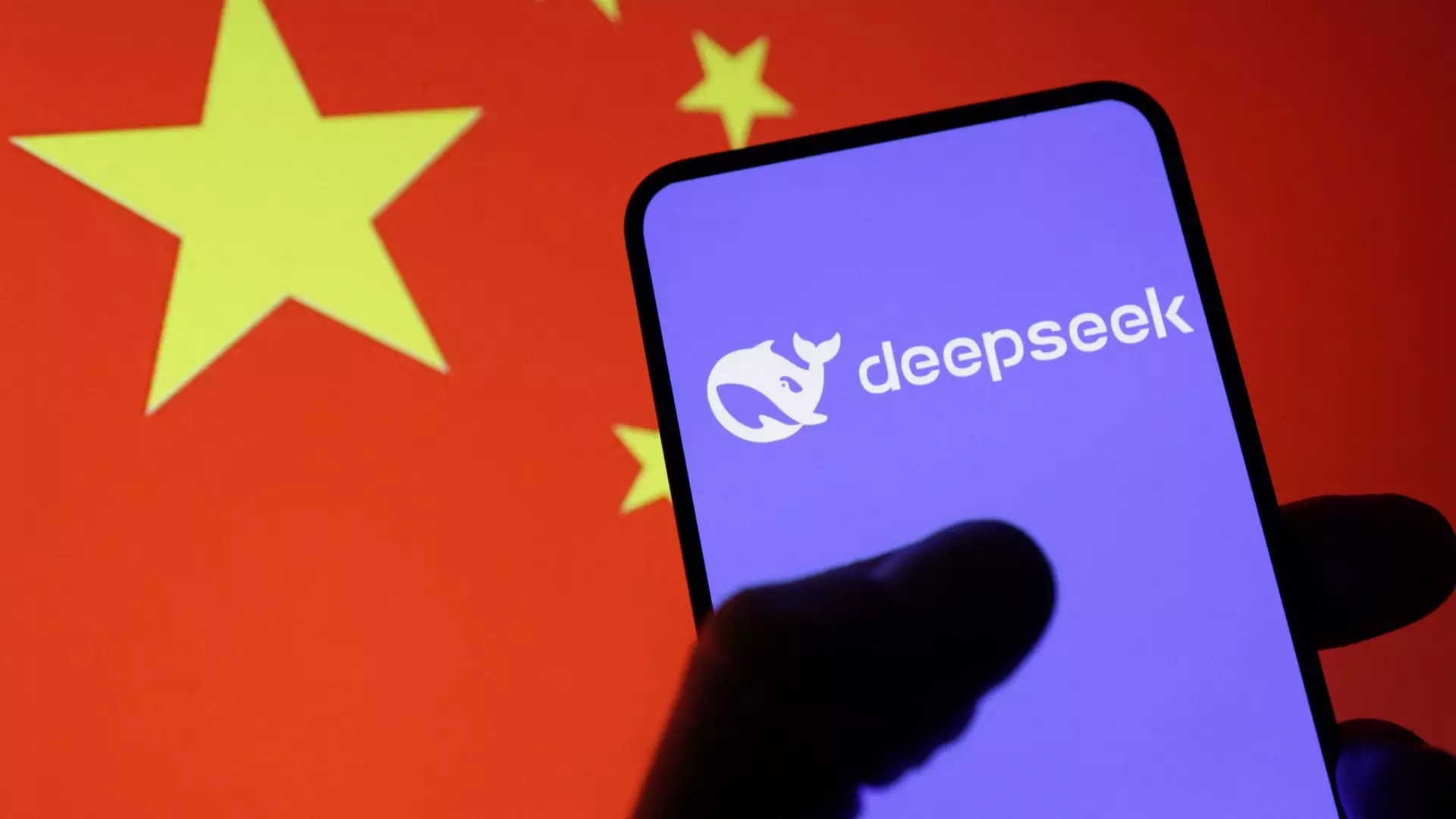In the rapidly evolving landscape of artificial intelligence, the emergence of DeepSeek, a Chinese startup, has marked a significant inflection point in the global tech arena. This week, industry titans such as Microsoft’s Satya Nadella, Apple’s Tim Cook, and OpenAI’s Sam Altman have publicly weighed in on the implications of DeepSeek’s advanced R1 model that has shaken the foundations of AI development. Many experts are left stunned by this new contender, which boasts an astonishingly low development cost compared to its U.S. rivals. Reports claiming that the R1 model was built for just $6 million have not only disrupted market expectations but also sent shockwaves across tech stocks, notably affecting chipmakers like Nvidia and Broadcom.
At the heart of DeepSeek’s success is an emphasis on efficiency and innovation that has attracted the attention of global CEOs. Nadella noted “real innovations,” while others, including Cook, highlighted that innovation driving efficiency is a positive development for the industry. This paradigm shift toward cost-effective AI solutions is particularly significant, given the enormous investments that many U.S. companies are pouring into their own AI capabilities. The competitive pressure now intensifies for these giants, who find themselves in a race against time and resources to maintain their positions.
With DeepSeek’s R1 model topping app charts and outperforming established players like OpenAI’s ChatGPT, the conversation among tech leaders has shifted from mere admiration of innovation to a more defensive posture. The question looming over U.S. companies is whether they can respond quickly enough to a model that appears to combine advanced capabilities with a fraction of the development costs.
The timing of DeepSeek’s ascendance aligns conspicuously with the financial reporting schedules of major American tech companies, creating a perfect storm of competitive rivalry and self-reflection. With President Trump’s administration renewed focus on the U.S. gaining a foothold in the AI landscape, American tech leaders are beginning to feel the pinch. Some industry experts have gone as far as claiming that the extensive investments by companies like Meta, which plans to allocate up to $65 billion by 2025 toward AI infrastructure, may now be called into question.
Zuckerberg pointed out the complexity of the emerging situation, expressing caution against drawing hasty conclusions from the performance of a single model. This nuanced view is critical, as the dynamics of AI innovation are incredibly multifaceted, and the introduction of one simplified solution does not necessarily signal the decline of others. It is a manifestation of broader trends that involve simultaneous progress across multiple fronts in AI development.
Amid these unsettling competitive undertones exist broader ethical considerations regarding the development and application of artificial intelligence. Alex Karp, CEO of Palantir, emphatically underscored the need for an “all-country effort” to navigate the moral complexities of deploying technology. He argues that, while technology holds great promise, it can also become dangerous if mismanaged. Therefore, it is imperative for nations to bolster their collaborative frameworks to govern the responsible use of AI.
Such sentiments resonate with industry leaders who are beginning to recognize that in order to stay ahead, unilateral endeavors may not suffice. DeepSeek’s emergence compels U.S. entities to fortify their collaborative ecosystems both domestically and internationally, in a bid to secure their place in the vanguard of innovation.
As the dust settles on the initial shock of DeepSeek’s success, the prevailing attitude among U.S. tech executives has been one of cautious optimism tempered by a renewed commitment to innovation. Nadella remarked on the cyclical nature of technology development, suggesting that what is unfolding now is merely an evolution of historic compute cycles, potentially coalescing around more commoditized solutions. By driving efficiencies and reducing costs, DeepSeek could inadvertently encourage innovation instead of signaling its demise.
Investments are likely to ramp up in research and development, with companies exploring avenues for innovative breakthroughs that can tilt the competitive balance back in favor of the U.S. The focus will likely shift towards scalability, agility, and collaboration in developing advanced AI architectures that can not only compete but inspire confidence among consumers and stakeholders alike.
DeepSeek’s sudden rise within the tech ecosystem serves as a stark reminder of the relentless pace of innovation and competition that defines the AI landscape. The responses from tech leaders indicate a shift from complacency to a proactive approach in addressing the realities of global competition. As companies gather their resources, redefine their strategies, and look for collaborative synergies, the future of AI will depend not just on who builds the best model, but on how these models are governed, utilized, and integrated within society. In the balance of competition and cooperation, the journey toward redefining technological boundaries has just begun.


Leave a Reply